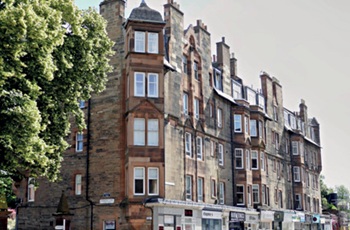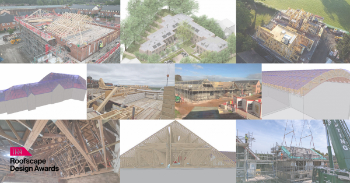Types of carpet
Contents |
[edit] Introduction
Carpet is a type of flooring made of an upper layer of pile attached to a backing. The pile is usually wool or fibers such as nylon, polyester or polypropylene that are heat-treated after having been twisted together into tufts or woven. There are many varieties of texture, style and colour available and generally carpet is both durable and easy to maintain. Carpet also has insulating properties in terms of both heat and sound. However, carpets can stain quite easily and can be damaged by water and damp.
As there is no universal grading for carpet quality, the weight and density should be assessed instead. The weight indicates the quantity of fibers that the carpet holds; the more fibres, the heavier the weight, and the higher quality of the carpet. The density indicates how many fibers are in the pile and how closely packed they are; the denser the pile, the higher quality.
For more information, see How to fit carpet.
[edit] Fibers
The different types of fibers that are used for carpets include:
- Nylon: The most popular type of fiber, it is soft, durable and resistant to abrasion.
- Olefin: Also known as polypropylene, this fiber is tougher than nylon but is resistant to moisture and mould, which makes it suitable for basements.
- Wool: A natural fiber which produces an eco-friendly floor covering, it is durable and stain-resistant.
- Acrylic: Not widely used but can serve as an inexpensive alternative to wool.
- Polyester: An eco-friendly fiber and can hold colours without them fading over time, although it is prone to flattening, making it unsuitable for high-traffic applications.
[edit] Carpet construction
The way the fibres are attached to their backing is what defines the two main types of carpet construction.
[edit] Loop pile
This is where the fibers are bent over into small loops, creating a durable and stain-resistant carpet. However, its low profile provides only limited cushioning. The different types include:
[edit] Level loop
Also known as Berber, this leaves the entire loop intact on the surface of carpet. They are suitable for areas of high traffic, although tend to be less padded and comfortable.
[edit] Multi-level loop
The carpet has a patterned texture as a result of the loops being at varying heights.
[edit] Cut pile
This is where the fibers are cut rather than being looped, creating a denser and softer carpet than loop pile. They are also easier to clean. Changing the shearing angle that cuts the fiber loop or using different treatments before and after inserting the thread into the backing, can achieve different styles. As the threads are more rigid they tend to be less durable than loop pile carpets. The different types include:
[edit] Plush
Also known as ‘velvet cut pile’, this is characterised by its smooth and formal appearance, achieved by fibers that are short and densely-packed. Only tends to be used in formal, low-traffic applications.
[edit] Saxony
This has a smooth finish and the longer, twisted fibers provide a softer and fuller body, although this means that indents can be caused by furniture, footprints, and so on.
[edit] Textured
This has a rougher surface texture created by fibers of uneven lengths.
[edit] Frieze
Also known as ‘shag carpet’, it consists of long fibers that are tightly twisted and curled. It is a durable type of carpet and is suitable for high-traffic applications.
[edit] Cable
This is a particularly comfortable type of carpet due to having long, thick fibers.
[edit] Find out more
[edit] Related articles on Designing Buildings Wiki
Featured articles and news
Moisture, fire safety and emerging trends in living walls
How wet is your wall?
Current policy explained and newly published consultation by the UK and Welsh Governments.
British architecture 1919–39. Book review.
Conservation of listed prefabs in Moseley.
Energy industry calls for urgent reform.
Heritage staff wellbeing at work survey.
A five minute introduction.
50th Golden anniversary ECA Edmundson apprentice award
Showcasing the very best electrotechnical and engineering services for half a century.
Welsh government consults on HRBs and reg changes
Seeking feedback on a new regulatory regime and a broad range of issues.
CIOB Client Guide (2nd edition) March 2025
Free download covering statutory dutyholder roles under the Building Safety Act and much more.
AI and automation in 3D modelling and spatial design
Can almost half of design development tasks be automated?
Minister quizzed, as responsibility transfers to MHCLG and BSR publishes new building control guidance.
UK environmental regulations reform 2025
Amid wider new approaches to ensure regulators and regulation support growth.
The maintenance challenge of tenements.
BSRIA Statutory Compliance Inspection Checklist
BG80/2025 now significantly updated to include requirements related to important changes in legislation.
Shortlist for the 2025 Roofscape Design Awards
Talent and innovation showcase announcement from the trussed rafter industry.























